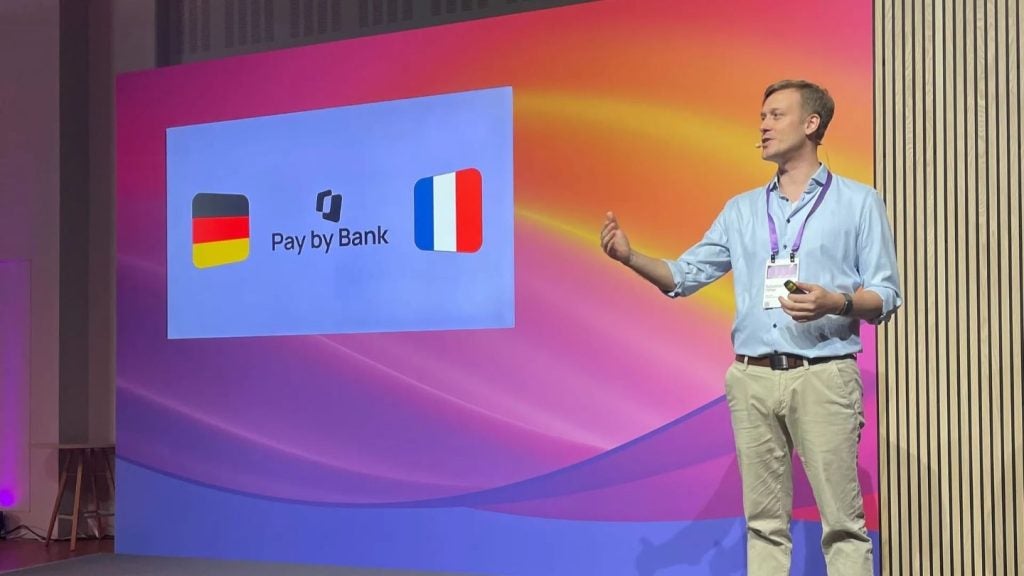Despite being one of Western Europe’s most prominent economies, Italian uptake of card and electronic payments is relatively low, with cash accounting for much of the overall transaction volume. However, government initiatives and growing adoption of contactless could change the picture in the coming years
Despite being the fourth-largest economy in Europe in terms of nominal GDP, Italian consumers have, in general, remained relatively slow adopters of electronic payments.
This is primarily a result of a strong inclination towards cash, which is used for the majority of transactions and accounted for 82.4% of the country’s total payment transaction volume in 2016.
Frequency of card use stood at 39.8 transactions per card in 2016, which is low when compared to other developed economies such as Germany (44.2), Spain (56.5), the US (77.4), the UK (103.0), Canada (110.6) and France (147.5).
The government’s push for electronic payments through a cap on cash transactions, and the implementation of interchange fee regulations have led to a gradual rise in payment card transaction volumes over the past five years. Payment cards accounted for 8.8% of total payment transaction volume in 2016, up from 5.5% in 2012.
EU regulations capping interchange fees for credit and debit cards at 0.3% and 0.2% respectively were implemented in December 2014. While merchants benefited from lower transaction costs, banks saw revenues on payment cards fall, affecting their profitability. With the new EU interchange fee in place, payment card transaction volumes and values are anticipated to grow.

US Tariffs are shifting - will you react or anticipate?
Don’t let policy changes catch you off guard. Stay proactive with real-time data and expert analysis.
By GlobalDataDebit cards maintain dominance
High banking penetration, the debt-averse nature of Italian consumers, and the combined efforts of banks and government bodies to promote electronic payments have led to the adoption of debit cards.
Debit cards accounted for 83.1% of the total payment card transaction value in 2016. The gradual migration of low-value cash payments to debit cards, and the rising adoption of contactless technology in debit cards have led to increased use of debit cards at POS terminals.
Government financial inclusion initiatives have also supported debit card growth. In addition to local residents, the government is focusing on bringing the immigrant population into the formal banking system. According to the Italian Banking Association, there were 2.5 million current accounts held by immigrants as of December 2015.
 Growing adoption of contactless
Growing adoption of contactless
Contactless cards are gradually gaining prominence in Italy. The number of contactless cards rose from 3.1 million in 2012 to 20.1 million in 2016, and will post a CAGR of 19.24% between 2017 and 2021 to reach 53.2 million by 2021.
According to MasterCard, the number of contactless POS terminals that accept MasterCard increased by 225% in 2015 compared to 2014. MasterCard’s contactless transactions grew by 360% between January and July 2016 compared to the same period in 2015. All major banks in Italy offer contactless cards.
Alternative payments gain prominence
Italian e-commerce is one of the fastest-growing markets in Western Europe. In terms of transaction value, e-commerce registered an annual growth of 22.3% to reach $22.4bn (€20bn) in 2016.
Consumers in Italy mostly use payment cards to make online purchases, and payment cards accounted for 74% of the total e-commerce transaction value in 2016.
The uptake of alternative payments among Italian consumers is steadily gaining traction, as a result of the increased availability of solutions such as PayPal, MySi, Paysafecard, JiffyPay and MasterPass. Emerging payments, including mobile and digital wallets and carrier billing, are also gaining prominence, accounting for 21% in 2016 – up from 18.1% in 2012.
 Growing payment infrastructure
Growing payment infrastructure
The number of POS terminals grew from 1.5 million in 2012 to 2.1 million in 2016, and is anticipated to register a CAGR of 5.39% over the next five years, to reach 2.8 million by 2021.
With the gradual increase in the number of POS terminal installations at retail outlets, the potential for card-based payments is expected to grow further.
Mobile POS (mPOS) is gradually gaining traction in Italy, with retailers increasingly installing mPOS terminals. iZettle, Ingenico, Verifone, Payleven and Swish have presences in Italy.
According to Ingenico, as of March 2015, 45,000 merchants had adopted Ingenico’s mPOS solution, accounting for 1m transactions. iZettle expanded its mobile payment service into Italy by launching a mobile card reader, iZettle Lite, and wireless contactless payment acceptance device, iZettle Pro Contactless, in November 2015.
In February 2016, VeriFone launched the VeriFone e265 mPOS terminal, which is compatible with any smartphone. As of December 2015, Mercury Payment Services had installed over 53,000 mPOS terminals in Italy.








